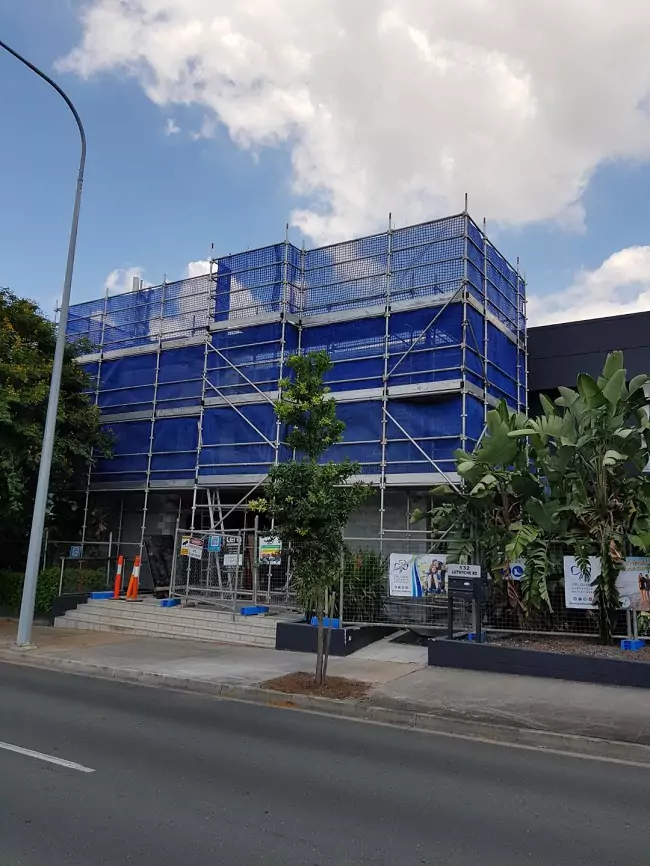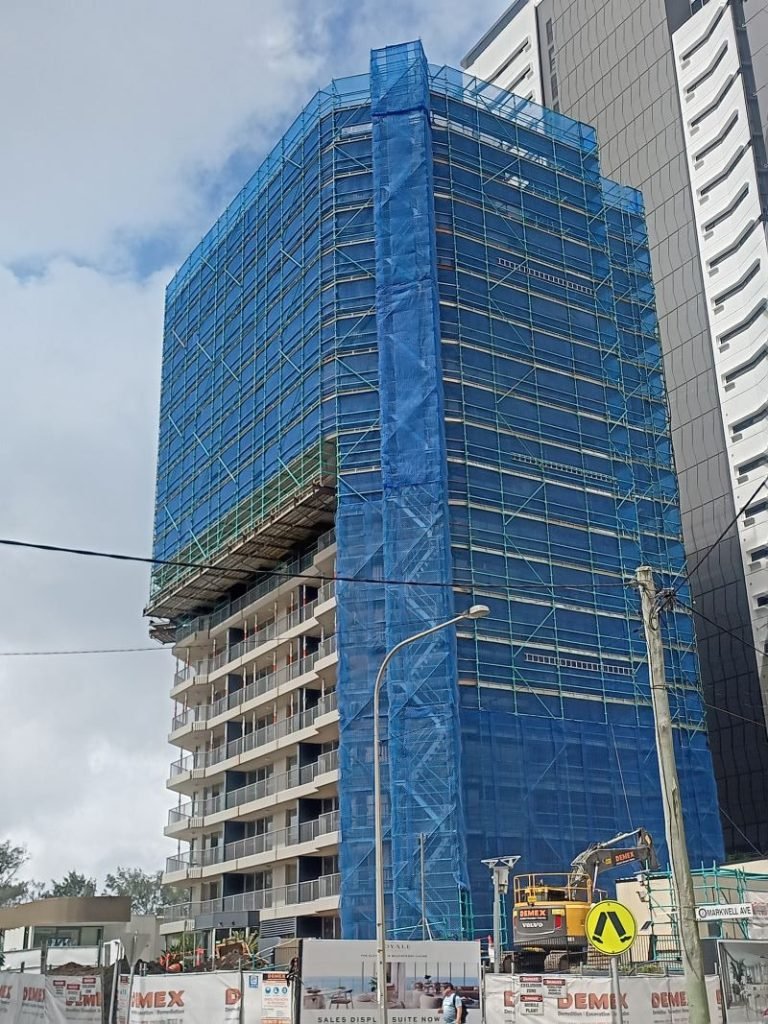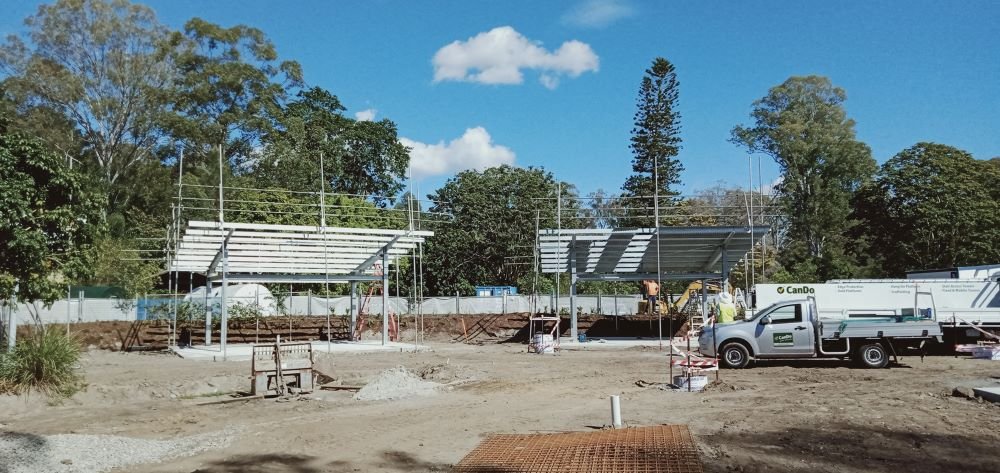Overview of Vacuum Excavation

Vacuum excavation represents a leap forward in excavation technology, combining safety and efficiency. We’ll explore the foundational principles behind this technology and the advanced equipment utilised in the process.
Principles of Vacuum Excavation
The core principle of vacuum excavation is utilising suction power to remove soil or other materials from an excavation site. We employ two main methods:
- Air Excavation: We use compressed air to loosen the soil, which is then removed by a vacuum system.
- Hydro Excavation: We apply pressurised water to break up soil. The slurry is then sucked up by a vacuum.
Both methods are non-destructive and minimise the risk of damaging underground utilities.
Vacuum Excavation Equipment
Our equipment varies in size and application but can be broadly categorised as follows:
- Trailer-Mounted Vacuum Excavators: These are more compact systems, suitable for tight spaces and smaller projects.
- Truck-Mounted Vacuum Excavators and Vacuum Trucks: Offering greater vacuum power, these are built for larger-scale operations.
Regardless of the type, the fundamental components of our vacuum excavators include a suction hose, vacuum source, and debris tank. We ensure our equipment adheres to the highest standards of construction safety and efficiency.
Operational Techniques and Safety

In our focus on vacuum excavation, we recognise that advancements in operational techniques and prioritising safety are instrumental. Our approach encompasses non-destructive digging methods and adherence to safety best practices, especially when dealing with underground utilities.
Non-Destructive Digging Methods
Non-destructive digging (NDD), such as hydrovac and airvac excavation techniques, has revolutionised our means of moving earth. Utilising high-pressure water, a hydrovac breaks up soil, which is then removed by a powerful vacuum, allowing for precise excavation around sensitive utilities like gas lines and cables. Meanwhile, airvac systems use high-pressure air to offer similar precision without the risk of water damage, making them ideal for sites with a mixture of soil and rubble.
- Hydrovac: Excavates using high-pressure water
- Effective in clay, soil, and gravel
- Minimises damage to utilities
- Airvac: Excavates using high-pressure air
- Suitable for dry or rocky conditions
- Prevents water contamination
Safety Best Practices
Our commitment to safety best practices is uncompromising, particularly when addressing the risks pertaining to underground utilities during ground construction. Comprehensive training for operators ensures the correct use of equipment and familiarity with emergency procedures. When operating a vacuum excavator, whether hydrovac or airvac, a few key practices include:
- Utility Locating: Always determine the presence of utilities before beginning
- Precision: Employ technologies and methods that enhance precision and reduce risk
- Rigorous adherence to safety protocols
- Use of personal protective equipment (PPE)
- Regular equipment checks to ensure optimal functioning
By prioritising safety and precision, we not only protect our workforce but also deliver efficient and reliable service to our clients. Our non-destructive methods coupled with rigorous safety protocols exemplify the best practice in utility contracting, setting a new era in construction equipment.
Applications and Considerations

In this section, we’ll explore the practical uses of vacuum excavation and the impacts it holds for efficiency and the environment. We aim to give a comprehensive overview of the diverse applications as well as the considerations one must account for when deploying this technology.
Utility and Construction Applications
Vacuum excavation is transformative in utility and construction settings, particularly when identifying and exposing buried infrastructure. Its non-destructive nature makes it ideal for potholing or soft digging, procedures that are essential for avoiding damage to pipes and cables during expansion projects. In construction, this technology supports trenching and hydro trenching tasks wherein a natural lubricant—usually water—is utilised to break up soil. This is especially useful in horizontal directional drilling (HDD) as it helps in managing drilling fluid, ensuring that excavation sites are clean and minimising the difficulties in soil conditions.
- Key Applications:
- Utility location and mapping (SUE: Subsurface Utility Engineering)
- Installation of utility infrastructure, like cable installation and irrigation systems
- HDD and the management of drilling mud for cleaner job sites
- Detailed excavation around live electrical wires and natural gas lines to prevent property damage
Pros of vacuum excavation include less disruption to surrounding soil and structures, reduced risk of damaging underground utilities, and heightened worker safety. Cons include limitations in colder climates where the ground may be frozen and potentially higher costs for equipment and operation.
Environmental and Efficiency Impacts
The environmental footprint of vacuum excavation is markedly smaller in comparison to traditional excavation methods. The precision offered by Rapid Vac Trucks results in less disturbance to the existing landscape and mitigates the risk of accidentally harming wildlife habitats. It enables the safe excavation of underground holes with minimal usage of resources, thanks to targeted water pressure usually measured in psi (pounds per square inch) and practical debris removal through a debris tank.
- Efficiency Factors:
- Reduced cleanup time due to neatly excavated materials transferred into the tank
- Decreased need for backfill as precise removal limits unwanted disturbance of the earth
- The presence of inches of mercury gauges helps in monitoring the suction power, vital for deeper excavation
It is imperative for us to work with municipalities to ensure compliance with local regulations and to assess the suitability of vacuum excavation for various job site conditions, including proximity to buried infrastructure. As the awareness of the advantages of this technology grows, so does its adoption across industries from landscaping to underground construction equipment.
Frequently Asked Questions

In this section, we’re addressing some of the most common queries regarding vacuum excavation. This method is gaining traction in the construction industry due to its efficiency and safety benefits.
What does a vacuum excavation method entail?
Vacuum excavation is a non-destructive digging process where a high-pressure air or water jet breaks up soil, which is then removed through a vacuum tube and deposited into a debris tank.
What benefits does vacuum excavation provide compared to traditional excavation techniques?
This technique is safer for underground utilities, reduces the risk of damage, and generally causes less disruption and environmental impact than traditional digging methods.
What are the common drawbacks or limitations of vacuum excavation?
Vacuum excavation can be slower on hard, compacted soils and may not be suitable for every digging project. It also typically requires specialised equipment such as a suction excavator.
How does hiring a suction excavator differ in cost from traditional excavation equipment?
While the initial cost might be higher due to the specialised machinery involved, the potential cost savings from reduced damage to underground utilities can make it more economical in the long run.
In what scenarios is vacuum excavation considered particularly advantageous?
This method is ideal around sensitive underground infrastructure like gas pipes and fibre optic cables, as well as in urban areas where traditional excavation could be more disruptive.
What qualifications are required to become a vacuum excavation operator?
Operators must usually have a background in construction or excavation with additional training provided for the specific technology and health and safety procedures associated with vacuum excavation systems.






